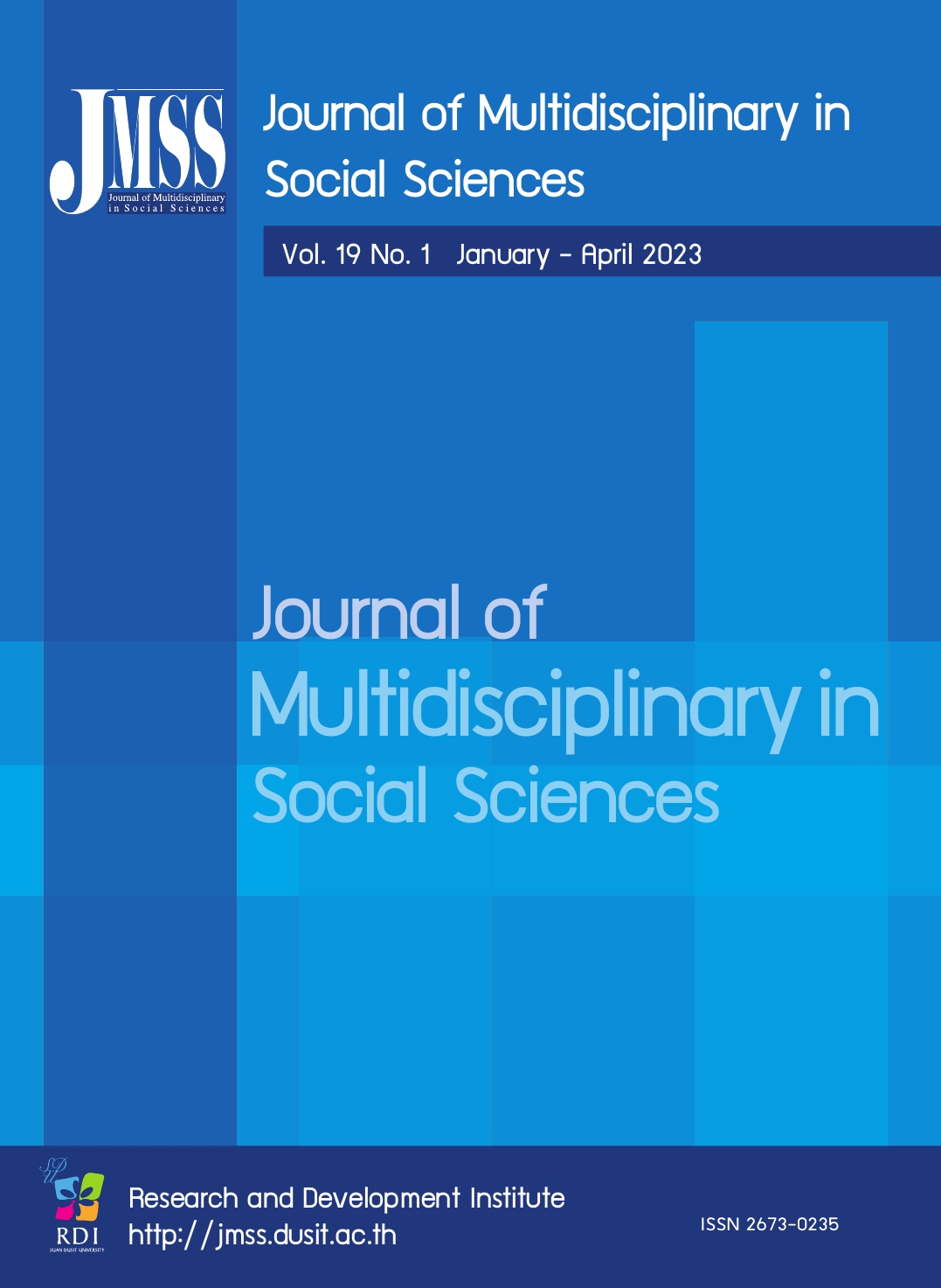The Perceived Benefits of High-speed Trains: A Case study of Nanning City, China
Keywords:
high-speed rail, perceived value, travel decision-makingAbstract
This study fills the conceptual gap by identifying the dimensions of perceived value of high-speed rail and examining the relationship between perceived value and travel decision, in order to gain an improved understanding of tourists' perceived value of high-speed rail, specifically in the Nanning high-speed rail sector. In this study, we collected 449 valid questionnaires through convenience sampling for analysis. The research results show that: (1) Through exploratory factor analysis, it is verified that the perceived value of high-speed rail includes four dimensions: time value, spatial value, experience value, and cost value. (2) Through variance analysis, it is verified that income significantly affects the four dimensions of high-speed rail perceived value and travel decisions. (3) Through correlation analysis, it is verified that the four high-speed rail dimensions all positively impact travel decision-making. (4) Through the multiple regression analysis, cost value has the greatest impact on travel decision. This study has highlighted the role of perceived value in travel decision. We believed that the findings offer reliable and important insights for research and practice of high-speed rail.
References
Boulding, W., Kalra, A., Staelin, R. & Zeithaml, V. A., (1993). A Dynamic Process Mode1 of Service Quality: From Expectationsto Behavioral Intentions, Journal of Marketing Research. 30(1), 7-27.
Chen, C. F.& Chen F.S., (2010). Experience Quality, Perceived Value, Satisfaction and Behavior Intentions for Heritage Tourists. Tourism Management, 31(1), 29-35.
Han. H. & S. S.Hyun. (2015). Customer Retention in the Medical Tourism Industry: Impact of Quality, Satisfaction, Trust. and Price Reasonableness. Tourism Management. 46(l),20-29.
Lai, W. T & Chen C.F.(2011). Behavioral Intentions of Public 'Tran-sit Passengers - The Roles of Service Quality, Perceived Value , Satisfaction and Involvement. Transport Policy , 18( 2), 318-325.
Liu, C.H. S. & Lee, T. (2016).Service Quality and Price Perceptions of Service: Influence on Word-ofMouthand Revist Intention. Journal of Air Transport Management, 52(2016), 42-54.
Zeithaml, V A. (1988), Consumer Perception of Price, Quality and Value: A Means -End Model and Synthesis of Evidence. Journal of Marketing, 52( 3), 2-22.
Downloads
Published
How to Cite
Issue
Section
License

This work is licensed under a Creative Commons Attribution-NonCommercial-NoDerivatives 4.0 International License.








